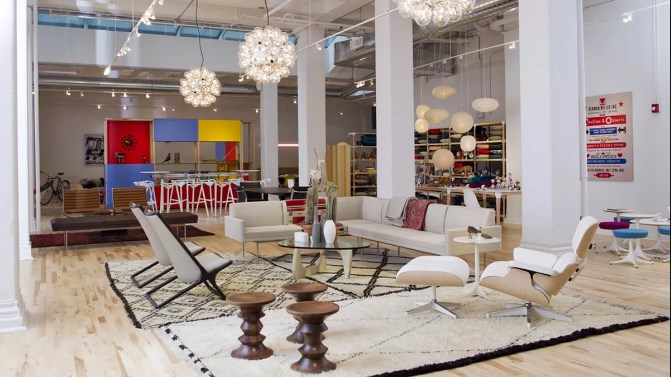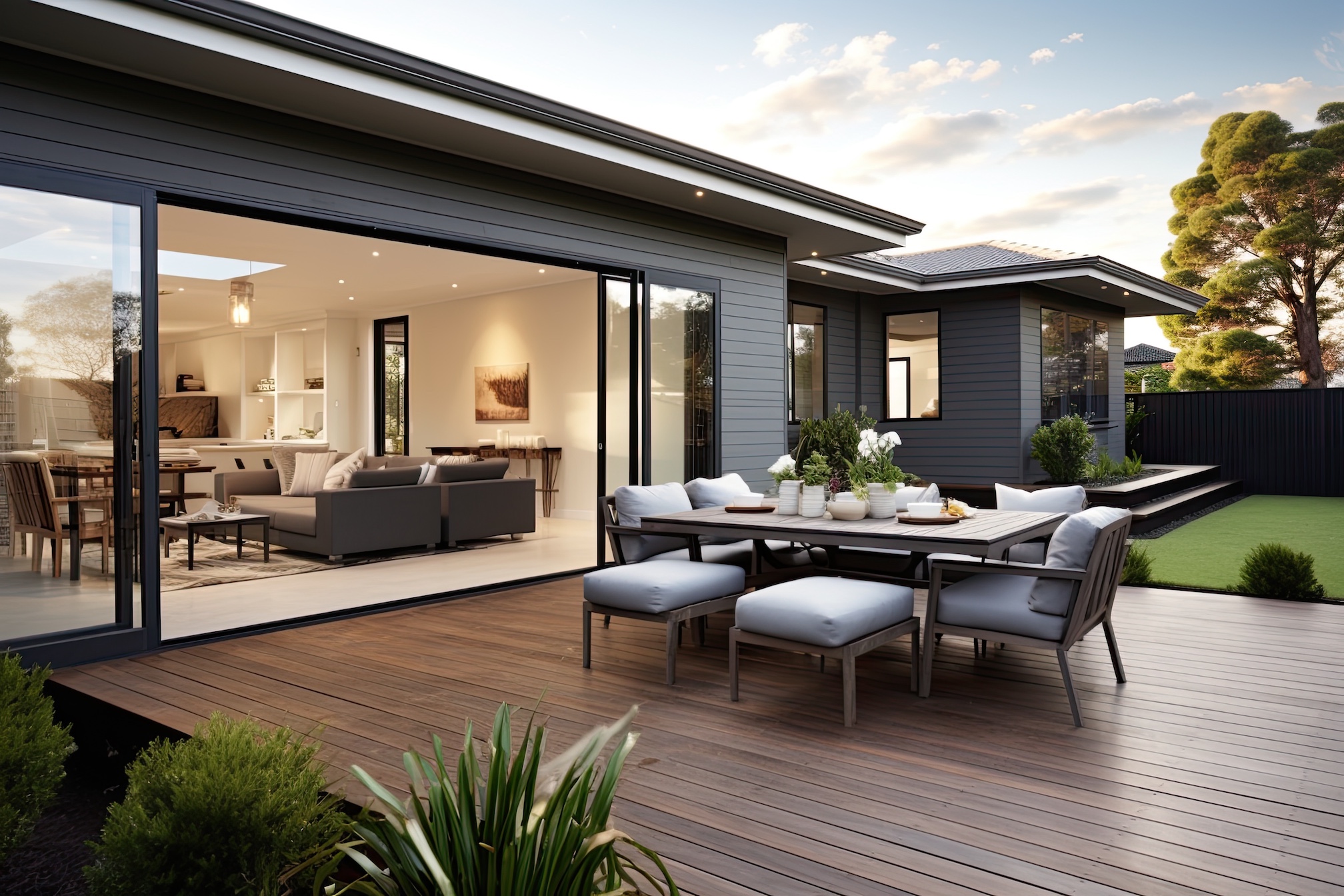
The office environment a company creates for its employees can help to drive efficiency and promote a ‘feel good factor’.
An article published in the Harvard Business Review reveals the six attributes of a workplace are:
- Location – accessibility and view
- Enclosure – how much space there is
- Exposure – does the space offer visual and acoustic privacy
- Technology – do you have the latest cutting-edge equipment
- Perspective – does the space help to focus the attention of your employees
- Size – is there sufficient room or too much room
Whilst this list is fairly comprehensive, we noticed the writer fails to identify design as a key attribute. Yet the environment you work in plays a significant role in productivity, together with the health and wellbeing of employees.
So, when you’re designing an office, don’t forget these all-important feel-good factors.
The Influence of Colours
Colours can have a powerful influence on mood and attitude. Ancient civilisations such as Egypt and China used colour as a light therapy when treating patients.
Although there is a lack of research in this area in the modern day, recent studies suggest that colours do have an influence on our psychology.
It is generally considered that bright, warm colours promote energy and action. Red, yellow and orange in the workplace can improve positivity and friendliness.
Blues and greens are ideal for creative offices as they are calming colours that promote intellectual activity and increase relaxation and focus.
Designers recommend avoiding earthy colours such as beige and brown in an office because they reflect the relaxing decor of a home and can result in in people to unwinding too much.
Also, whilst a dash of white helps to enhance other colours, an all-white office can appear austere and unwelcoming.
Inspirational Posters
Images with motivational quotes can be used to inspire employees and increase productivity and performance in the workplace.
However, it’s also important to note that too many misdirected motivational images can actually demotivate employees.
Avoid generic images that are merely decoration. Neuroscientist Dean Burnett says that everyday images that are meant to inspire and motivate are white noise that mean nothing.
Pot Plants, Light and Air
A study performed by researchers at the Harvard School of Public Health found that offices that have natural light, good air quality and “green” space increase the performance of cognitive function.
Given most people spend 90% of the time indoors on an average workday, experts are now advising companies to install pot plants and ensure the office is exposed to sunlight and unpolluted air.
In light of climate change, there is also a focus on designing sustainable offices that are energy efficient and protect the environment. Green offices help to improve the physical and mental health of the planet, not just people.
Office Design Consultants
Companies that are looking to revamp the office should consider enlisting the help of expert interior designers.
Office Principles specialise in office designs that promote health and wellbeing and increase productivity. A professional touch can make all the difference.




 POSTED BY
POSTED BY 

